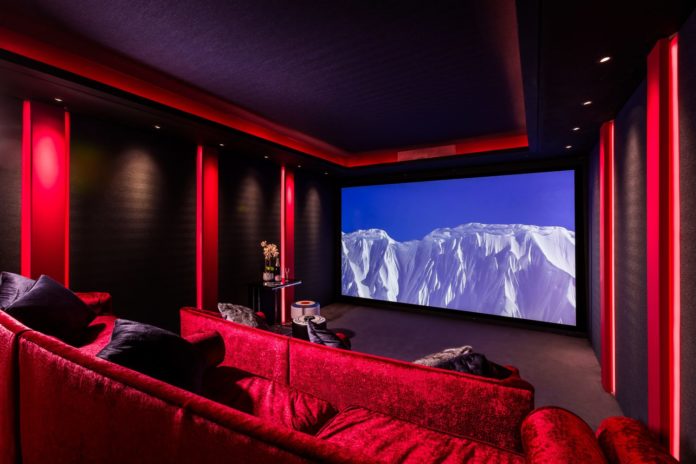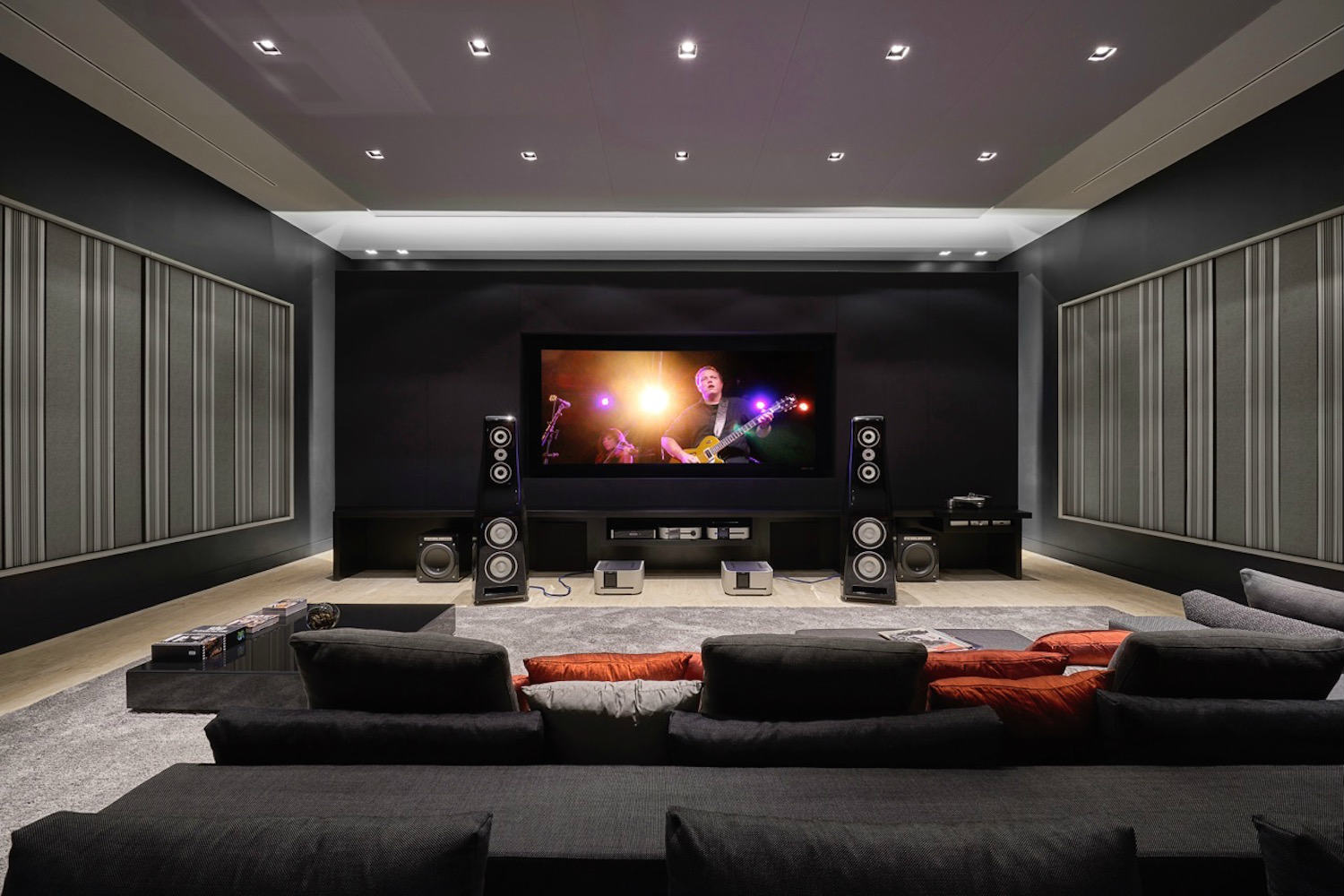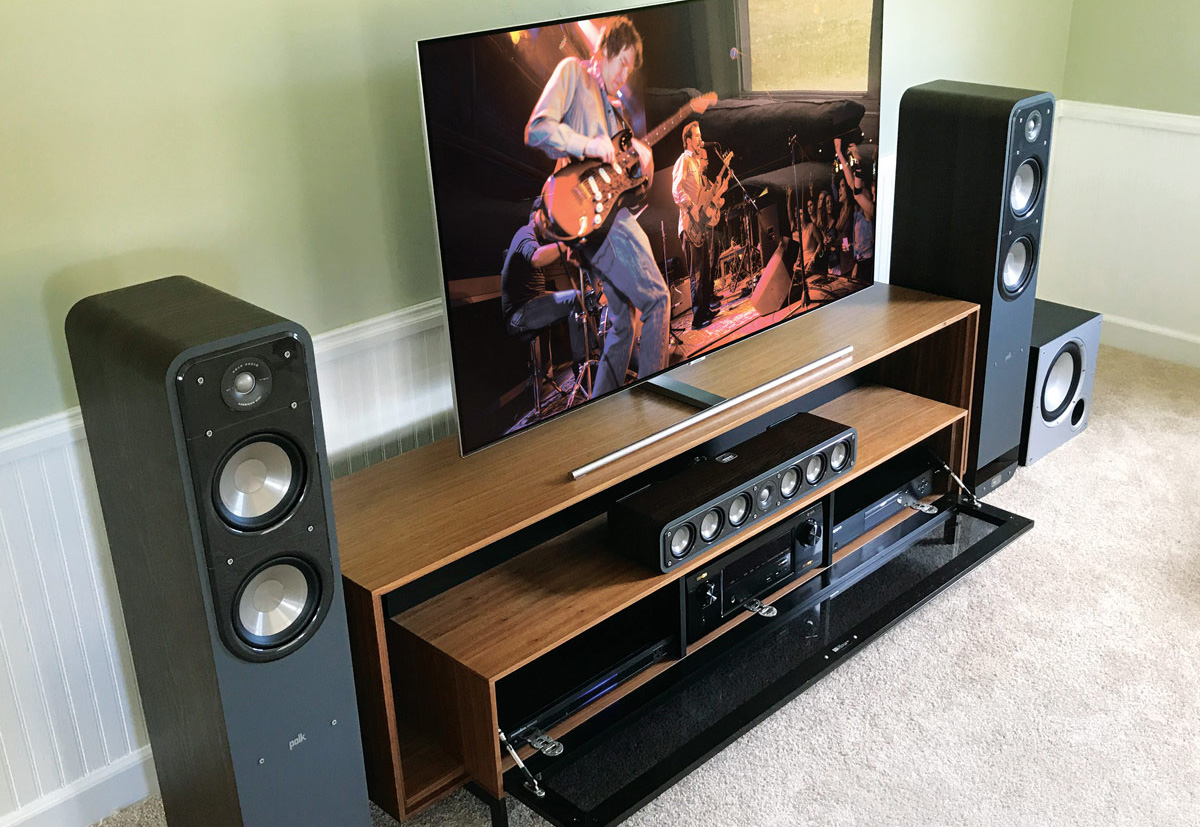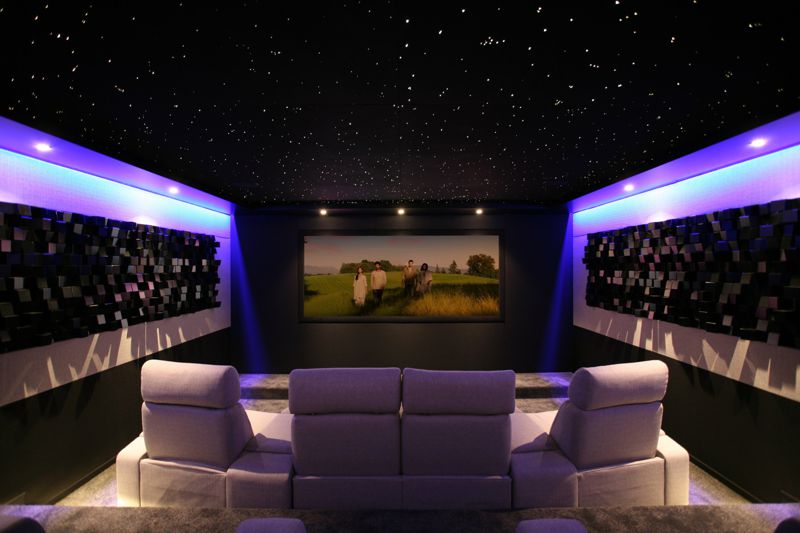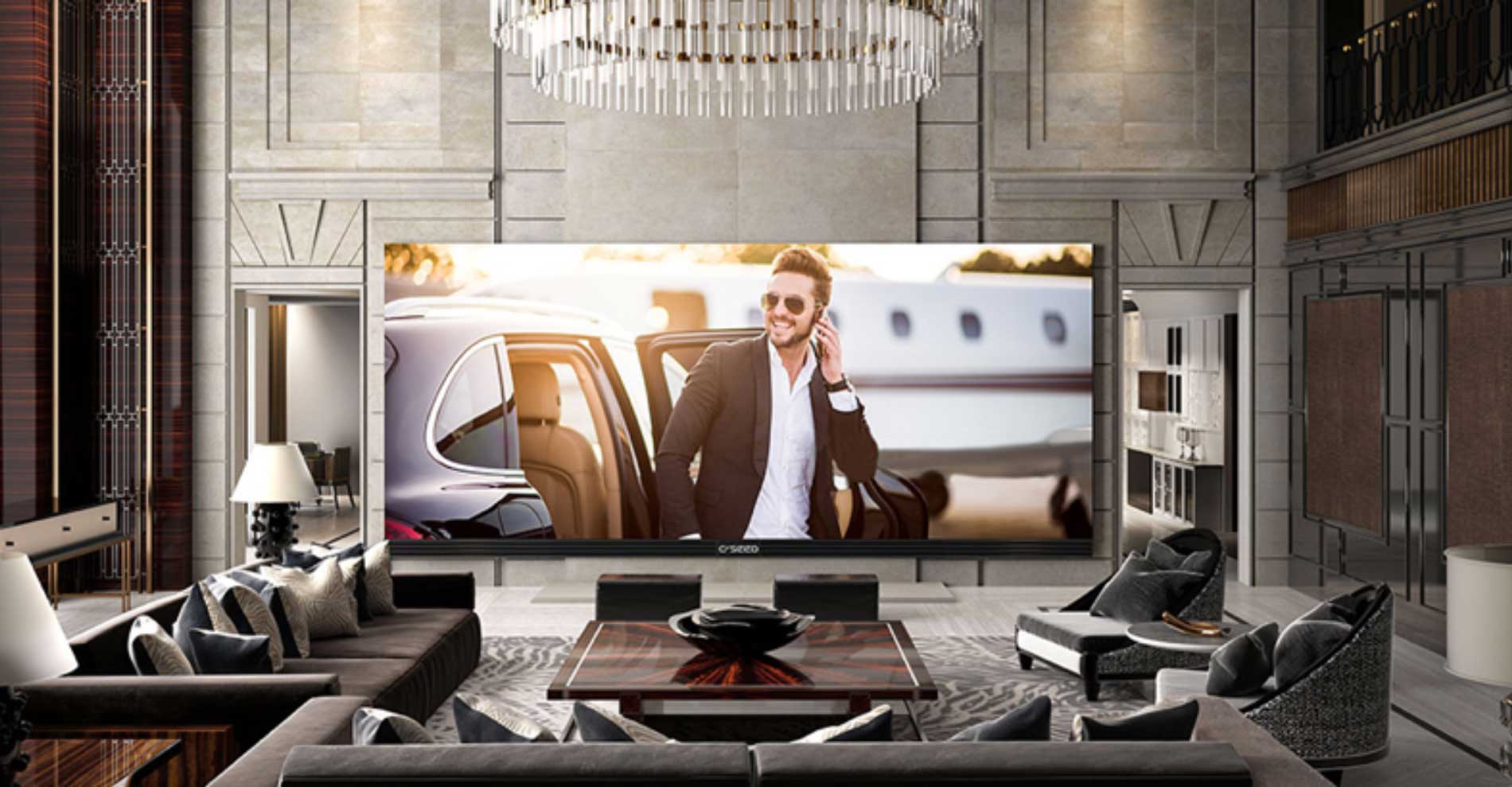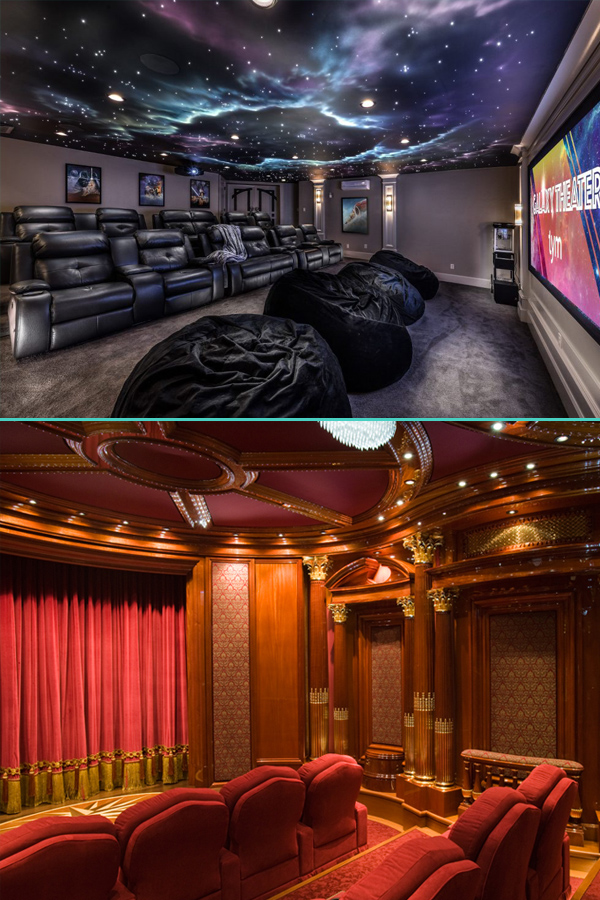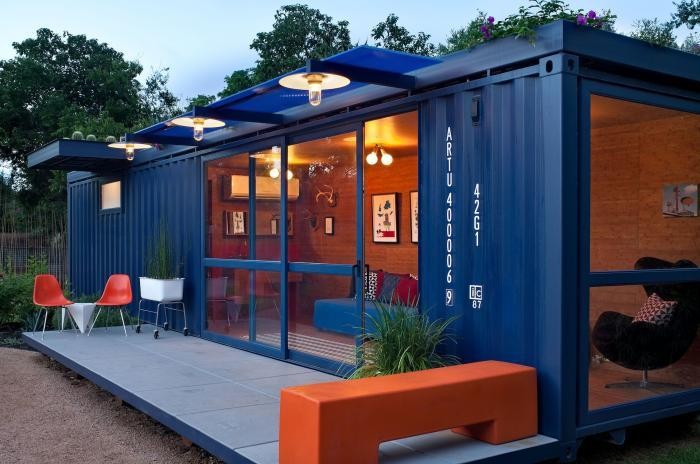The idea of having a cinema in your home might sound like the height of luxury, however you don’t have to invest an excess of money to make this dream a reality. Home cinemas can now be created affordably, with the technology required to create your own being relatively accessible.
Of course, you could still always create a state of the art, no expense spared home cinema if your budget allows. All you really need to create the ultimate home cinema is the blank canvas. This could be a spare room, a formal dining room you never use, a garage you’re converting or even a loft space that’s being given a new lease of life. If you are looking for the best projector for your home cinema, you can check this list http://billlentis.com/best-
Have a look over our five top tips for creating the ultimate home cinema:
Choose the perfect space
Before you even start buying the components for your home cinema, you need to have a particular room in mind for the installation. This will allow you to consider elements like ambient light, carpeting, the size of your room and where furniture will be placed. For example, ambient light will lead to screen glare and surface reflection so if you’re planning on using a light room you’ll need to factor in further things like curtains.
For larger scale projects you will need a dedicated room, with areas like a loft conversion or garage often being perfect and often set apart from the rest of the house. And if you’re lucky enough to live in sunnier climes, outdoor cinemas make a brilliant DIY project. They can be created in gardens as well as roof terraces. However, a dedicated room for your home cinema isn’t possible you always have the option of upgrading your kitchen/living room space to a multipurpose viewing space.
Invest in a good speaker system
The speaker system comes second only to the screen itself in terms of importance in your home cinema setup. Loudspeakers and subwoofers are essential to any good home cinema. The key to finding your ideal speakers is bearing your individual requirements in mind. Certain speakers work best in larger rooms, whereas others are better suited to smaller spaces. It’s a good idea to research different types, and look into what would best fit your needs.
A subwoofer is another good investment. This will take care of low frequencies, and can add a more dramatic effect to your audio setup. Like loudspeakers, different types of subwoofers are made to suit different spaces. For example, some subwoofers work well in rooms with softer furnishings, whereas others are best in rooms with hardwood flooring.
Think about the acoustics
If there’s one thing that is well worth thinking about when it comes to your home cinema design, it’s the acoustics. Many films are far more enjoyable if the audio is top quality, so ensuring your acoustics are the best they can be will give you the greatest home cinema viewing experience.
When it comes to finalising your plans for the interior of the room, and picking out your furnishings, make sure you keep acoustics in mind. Different materials absorb and reflect sound in entirely contrasting ways, so when choosing your furniture make sure that you have this in mind. It’s also well worth adding solid doors and soundproofing to minimise distracting noises from outside.
Find the perfect screen
Naturally, the best screen for your home cinema will depend on your space. So, when picking out the right size for your area, use the following formula. Look at how far your seats will be from your screenand multiply that distance by 1.5 to 2.5 – this will give you the ideal diagonal screen size.
Popular options for the visual side of home cinema installations range from a video projector, a flat panel OLED, Plasma, or LCD TV. To ensure crystal clear definition, we recommend you opt for a screen that can handle 4k Ultra HD, 1080p or 720p resolution. Recent home cinema installations also feature 3D technology, which can be created with the addition of a 3D video projector, or a TV with 3D capabilities.
Make sure it’s future-proof
Technology never stands still. So, even if you fit your cinema out with the very best in state of the art tech today, you can bet it’ll be out of date in just a few years time. Don’t be disheartened by this, though, because you can prepare for updates to home cinema tech by making sure that your space is future-proof.
There are many extra conduits which you can add to your cinema space nowto help prepare for advancements in the future. Think about things like wireless technology capabilities, and consider how easily you’ll be able to upgrade your sound system and screen when the time comes. Sure, your speakers might look great hidden within the wall now, but what about if you want to swap them for something new in the future?
Whilst these extra considerations might feel like an unnecessary expense at the moment, further down the line you’ll thank you for thinking ahead!
Whether you’re a movie buff or are simply looking for the somewhere to escape the real world for a couple of hours now and again, a home cinema is the perfect spot to unwind in. Though no home cinema is the same as the next, consider these elements early on and you’ll save yourself a lot of time and trouble.

